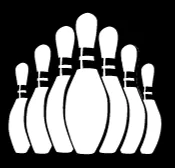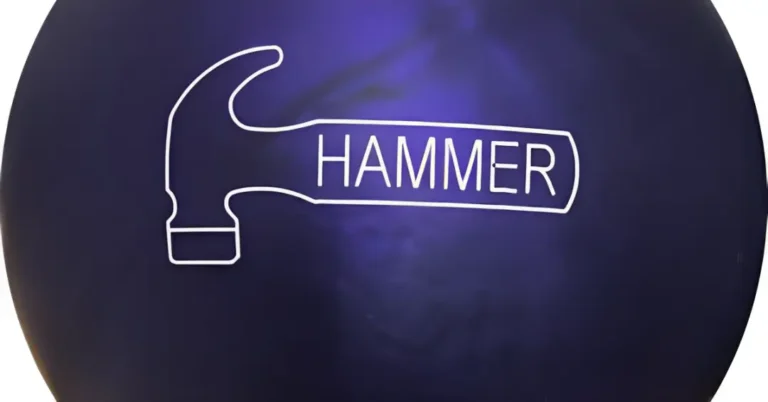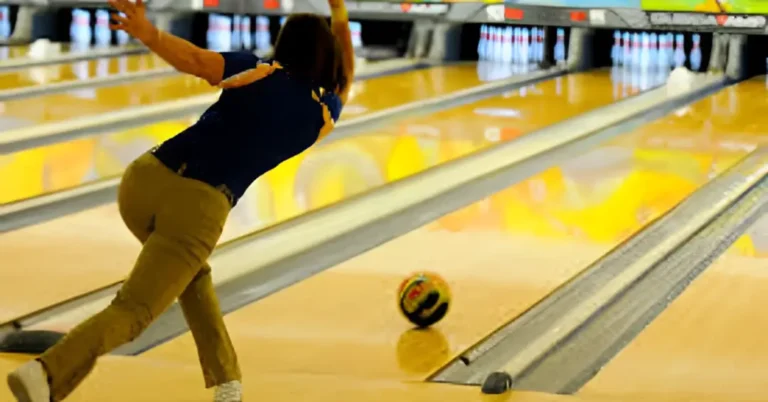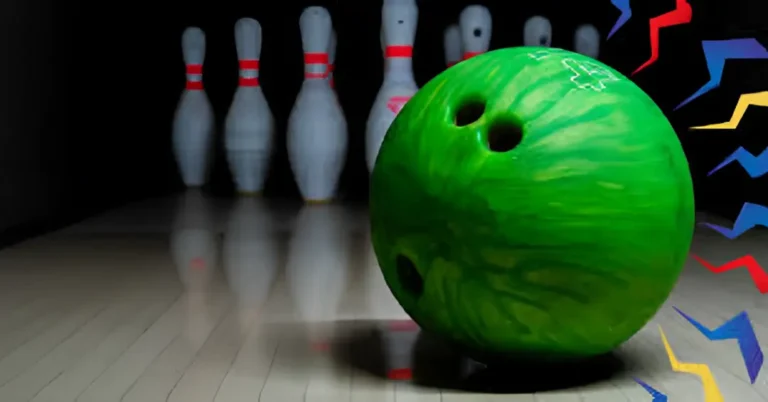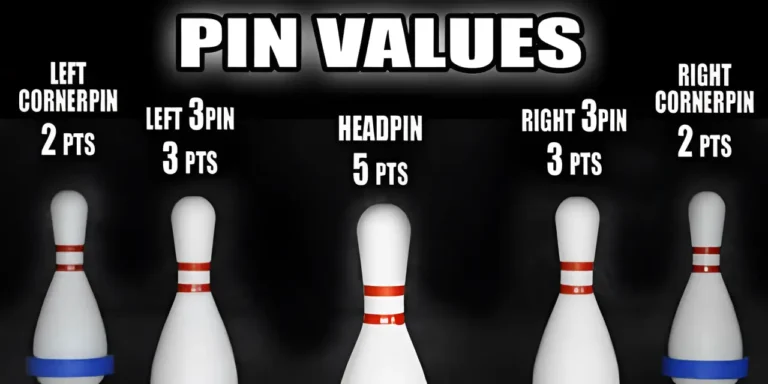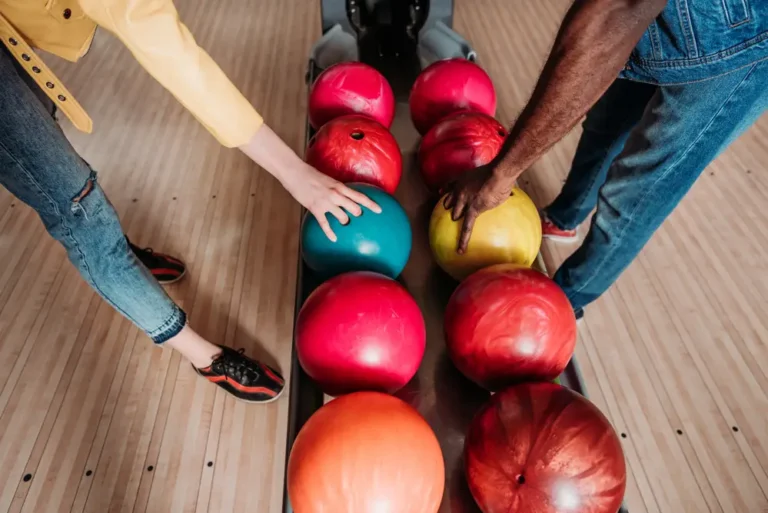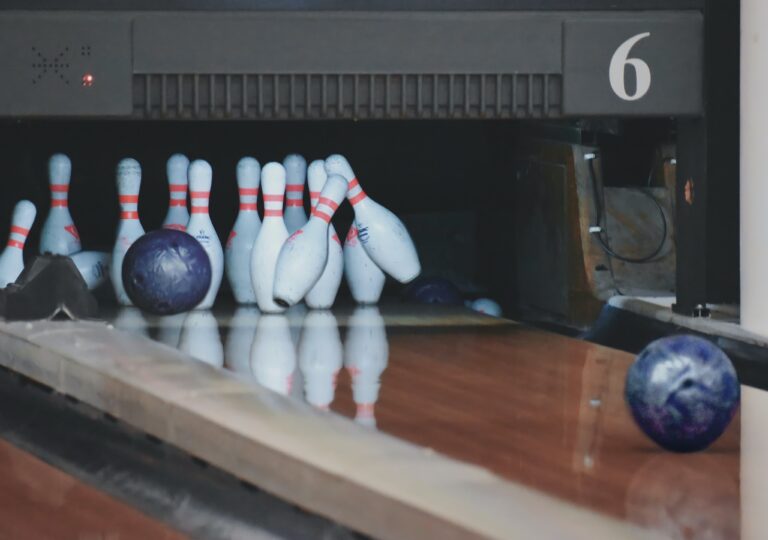Bowling Alleys A Fun Place to Roll and Score
What is a Bowling Alley?
Designers construct bowling alleys as indoor spaces specifically for the bowling game. These facilities contain long, narrow wooden pathways called lanes where players roll heavy balls toward ten pins at the far end. Players aim to knock down as many pins as possible with each roll of the ball.
Bowling alley owners provide all the necessary equipment and environment for bowling, including installing the lanes, supplying balls and shoes, displaying scoreboards, furnishing seating areas, and sometimes operating food and drink services. Builders construct these dedicated bowling venues ranging from small, simple setups to massive entertainment complexes housing numerous lanes, arcades, restaurants and more amenities.
Architects design some complexes to incorporate expanded offerings like arcades, restaurants and numerous lanes under one roof. Owners frequently renovate older facilities to provide modern amenities that attract patrons. Staff frequently organise youth leagues, cosmic bowling nights and other special events to boost attendance and revenues.
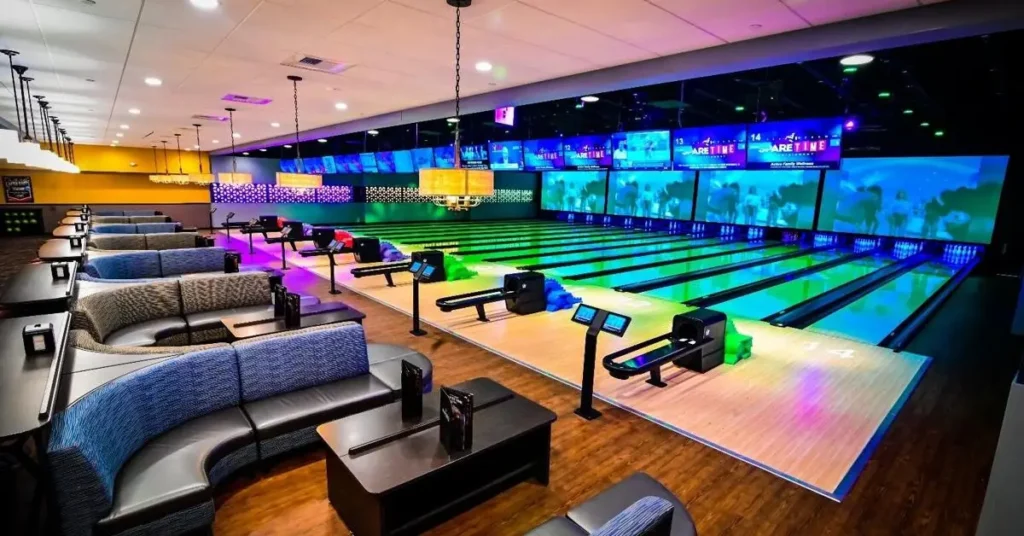
The Lanes
The heart of any bowling alley is undoubtedly the collection of lanes. Typically, a standard lane measures around 60 feet (18 meters) long and consists of very hard maple wood. Moreover, the wooden surface is precisely flat with slight grooves to help guide the ball straight.
At the far end of each lane is a pit area with a set of ten pins arranged in a triangular formation. After each frame or turn, automated machines seamlessly reset any fallen pins. In addition, gutters run along the sides of the lane to prevent balls from rolling off track.
Situated behind each lane is a seating area where players can comfortably rest between their turns. Furthermore, computerized scoring systems display each player’s progress on overhead screens for easy viewing. Consequently, this allows bowlers to effortlessly keep track of the game.
Overall, the lanes, pit areas, gutters, seating, and scoring displays comprise the core components of a well-designed bowling facility. In essence, these elements work together harmoniously to provide an enjoyable bowling experience.
Bowling Balls and Shoes
While bowling alleys rent balls and shoes, many serious bowlers invest in customizing their own equipment. Manufacturers produce bowling balls in a wide weight range, typically from 6 to 16 pounds. Ball designers mold three or four finger holes into the balls to enable a proper grip.
When rolled down the lane, the smooth rounded shape and strategic weight distribution of the ball allows skilled players to impart a calculated mix of speed and spin. Elite bowlers can hook or curve the ball trajectory at the end to strike pins from an angled approach.
Shoe makers design bowling shoes with flat soles containing tiny grit or rough bottoms. This specialise tread enables players to slide and brake during their approach steps while still providing enough traction to avoid slips. Alley rules require renting a pair of these shoes to protect the finely-finished wooden lane surfaces.
Scoring and Game-play
The general objective in bowling is to knock down all ten pins in as few rolls as possible. The standard game consists of ten frames or turns per player. In each frame, a player gets two chances to clear all the pins.
If all pins are knocked over with the first roll, it’s called a strike, scoring 10 points plus the points from the next two rolls. If pins remain standing after two rolls, the score is simply the total number of pins knocked over that frame.
Knocking down all pins with the second roll is called a spare, scoring 10 points plus the next roll’s points. Clearing all ten pins on the final frame allows for bonus rolls to raise the score even higher.
Achieving a perfect game of 300 points by getting 12 consecutive strikes is considered an outstanding accomplishment. As of 2022, there have been over 37 million sanctioned perfect games recorded through certified organisations.
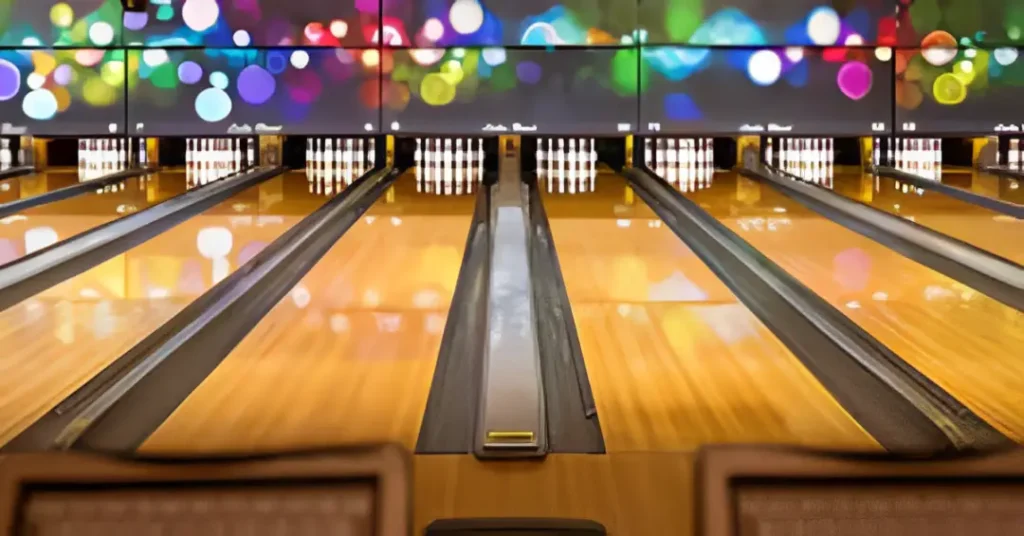
Bowling History and Popularity
Ancient Egyptian, Roman, and German civilizations traced bowling’s origins by participating in games that rolled objects at targets for recreation and religious rituals thousands of years ago.
In the 1800s, hotels, saloons, clubs, and businesses installed the modern standardized bowling version, helping boost its popularity. The 20th century advent of automatic pinsetters enabled the rise of dedicated public bowling alleys and competitive leagues.
Today, an estimated tens of millions of participants annually attract bowling as one of the world’s most popular sports. It offers a combination of exercise, competition, and social interaction within an indoor, family-friendly environment.
The United States Bowling Congress (USBC) and World Bowling represent and sanction the largest competitive bowling events while upholding standardise playing rules. However, many bowlers simply seek fun and relaxation at their local alleys.
Bowling Alley Amenities
While bowling lanes always attract the main crowd, modern bowling alleys continuously expand their amenities to enhance the entertainment experience, especially catering to kids and families.
These venues commonly provide arcade game rooms, pool tables, restaurants and bars, party rooms for hosting events and celebrations, and pro shops offering customized equipment and apparel. Some massive mega-alleys even incorporate indoor mini golf courses, go-karts, laser tag arenas, and more amusements under one gigantic roof.
Many alleys frequently promote special discounts and host lively events like cosmic bowling featuring dancing lights and music, youth leagues, fundraisers, and corporate team-building activities. They install ramps and accessibility options to enable enjoyment for those with disabilities.
In recent years, upscale boutique bowling lounges have emerged, rebranding bowling as an upscale nightlife entertainment option for adults by offering high-end food, drinks, and modern lavish decor.
Bowling alley
A bowling alley is an establishment that houses wood or synthetic bowling lanes, providing the facilities to play the game of bowling. Bowling alleys typically contain amenities such as ball returns, computerized scoring systems, seating areas, and a place to rent or purchase bowling balls and shoes.
what are bowling balls made of
What are bowling balls made of? Manufacturers construct bowling balls with an outer shell, a weight block, and other inner components. First, they typically make the outer shell from polyester or urethane. This provides a durable and reactive surface for optimal grip and ball motion. Next, they compose the weight block of dense materials like polyester resin or urethane. Consequently, this allows balls to reach the maximum 16-pound limit.
Inside, an intricate core made of materials such as wood or ceramic affects the ball’s dynamic behaviour. For instance, it influences rotation and deflection when rolling down the lane. Additionally, manufacturers include other components like weight rings or slugs. These help evenly distribute the weight throughout the ball’s interior. Overall then, bowling balls leverage specialised materials and precise engineering. This delivers the ideal combination of weight, grip, trajectory, and pin-striking power that bowlers demand.
